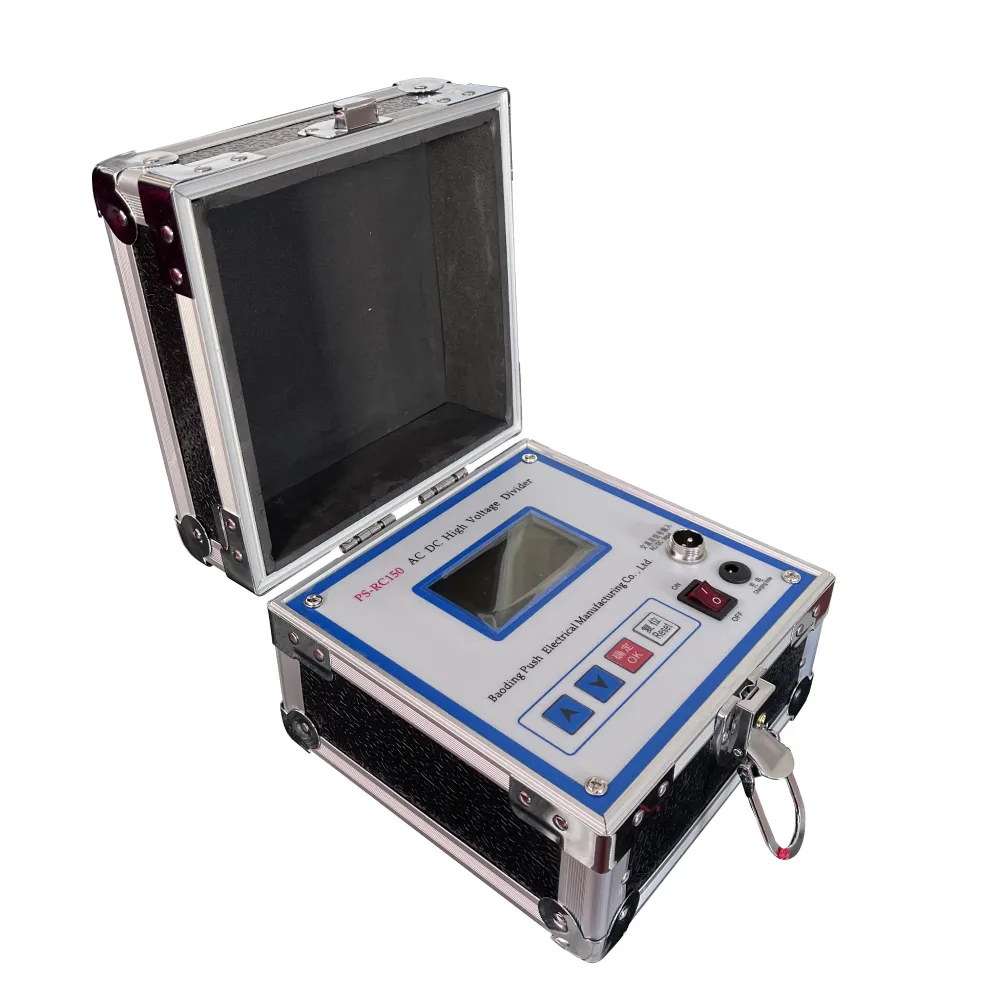TEL:
+86-0312-3189593
 English
English

Telephone:0312-3189593

Email:sales@oil-tester.com
7 月 . 12, 2024 06:03
Back to list
Advantages and Applications of Using Carrier Gas in Gas Liquid Chromatography
Gas-liquid chromatography is a widely used analytical technique in the field of chemistry for separating and analyzing mixtures of compounds. In gas-liquid chromatography, a carrier gas is used to transport the sample through the chromatographic column, where separation of the individual components takes place based on their interaction with the stationary phase.
The carrier gas in gas-liquid chromatography plays a crucial role in the separation process. It is responsible for carrying the sample components through the column and eluting them at different retention times. The choice of the carrier gas can significantly impact the efficiency and accuracy of the chromatographic separation.
Commonly used carrier gases in gas-liquid chromatography include helium, nitrogen, and hydrogen. Helium is the most commonly used carrier gas due to its inert nature, high efficiency, and low reactivity with the sample components. Nitrogen is also widely used as a carrier gas because of its availability and low cost. Hydrogen is another popular carrier gas choice, especially in fast chromatographic separations, as it provides high efficiency and short analysis times.
The properties of the carrier gas, such as flow rate, purity, and pressure, can affect the chromatographic separation. The flow rate of the carrier gas determines the speed at which the sample components move through the column. A high flow rate can result in a faster separation but may lead to peak distortion and reduced resolution

carrier gas in gas liquid chromatography. On the other hand, a low flow rate can improve resolution but may increase the analysis time. The purity of the carrier gas is essential to ensure accurate and reproducible results. Impurities in the carrier gas can interfere with the chromatographic separation and lead to inaccurate peak retention times and peak shapes. Therefore, it is crucial to use high-purity carrier gases to minimize background noise and ensure reliable results. The pressure of the carrier gas also impacts the chromatographic separation. The pressure must be carefully controlled to maintain the flow rate and ensure consistent performance of the chromatographic system. Deviations in pressure can affect the retention times of the sample components and result in variations in the chromatographic results. In conclusion, the carrier gas in gas-liquid chromatography is a critical component that influences the efficiency and accuracy of the separation process. The choice of carrier gas and its properties must be carefully considered to achieve optimal chromatographic performance. By understanding the role of the carrier gas and optimizing its conditions, researchers can obtain reliable and reproducible results in their analytical experiments.

carrier gas in gas liquid chromatography. On the other hand, a low flow rate can improve resolution but may increase the analysis time. The purity of the carrier gas is essential to ensure accurate and reproducible results. Impurities in the carrier gas can interfere with the chromatographic separation and lead to inaccurate peak retention times and peak shapes. Therefore, it is crucial to use high-purity carrier gases to minimize background noise and ensure reliable results. The pressure of the carrier gas also impacts the chromatographic separation. The pressure must be carefully controlled to maintain the flow rate and ensure consistent performance of the chromatographic system. Deviations in pressure can affect the retention times of the sample components and result in variations in the chromatographic results. In conclusion, the carrier gas in gas-liquid chromatography is a critical component that influences the efficiency and accuracy of the separation process. The choice of carrier gas and its properties must be carefully considered to achieve optimal chromatographic performance. By understanding the role of the carrier gas and optimizing its conditions, researchers can obtain reliable and reproducible results in their analytical experiments.
Previous:
Latest news
-
Differences between open cup flash point tester and closed cup flash point testerNewsOct.31,2024
-
The Reliable Load Tap ChangerNewsOct.23,2024
-
The Essential Guide to Hipot TestersNewsOct.23,2024
-
The Digital Insulation TesterNewsOct.23,2024
-
The Best Earth Loop Impedance Tester for SaleNewsOct.23,2024
-
Tan Delta Tester--The Essential Tool for Electrical Insulation TestingNewsOct.23,2024





